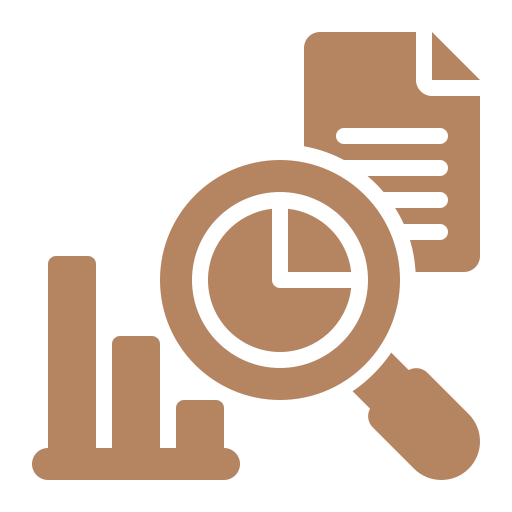Traditional 2D X-rays offer a flat, two-dimensional view of your teeth and surrounding structures. During a 2D X-ray, you will be asked to bite down on a piece of film or a digital sensor, and the X-ray machine will take a quick snapshot. These images are essential for identifying common dental issues such as cavities, infections, and bone loss.
We use several types of 2D X-rays in our clinic:
Unlike traditional 2D X-rays, CBCT allows us to pinpoint the exact location and extent of dental issues, leading to more accurate diagnoses and tailored treatment plans.

2D X-rays provide clear images for routine examinations, while 3D X-rays offer a comprehensive view for detailed diagnostics and complex treatment planning.

3D X-rays provide precise measurements and detailed information, improving the accuracy of diagnoses and treatment outcomes.

3D X-rays offer a complete view of the teeth, bone structure, and surrounding tissues, which is particularly valuable for complex cases and surgical planning.

Both 2D and 3D X-ray technologies are designed to minimize radiation exposure. Modern digital X-rays use significantly less radiation compared to traditional film-based X-rays.

Detailed imaging helps your dentist or orthodontist plan treatments more effectively, reducing the risk of complications and improving overall results.
Yes, both 2D and 3D X-rays are safe. They use minimal radiation, and modern technology is designed to protect you from unnecessary exposure. Your dental team ensures that the lowest possible dose is used for effective imaging.
The frequency of X-rays depends on your individual dental health and needs. Your dentist will recommend X-rays based on your specific situation, including routine check-ups, changes in symptoms, or when planning certain treatments.
Generally, no special preparation is needed for a dental X-ray. However, you may be asked to remove any metal objects, such as jewelry or glasses, before the X-ray is taken. Inform your dentist if you are pregnant or suspect you might be.
Yes, you can request a copy of your X-ray images if needed. Your dentist can provide you with digital copies or prints of the images for your records or for sharing with other healthcare providers.
While X-rays are a valuable diagnostic tool, alternative methods such as clinical examination and digital scans may be used in some cases. Your dentist will choose the best diagnostic approach based on your individual situation
Coverage for X-rays varies depending on your dental insurance plan. It is advisable to check with your insurance provider to understand your coverage options and any potential out-of-pocket expenses.
Yes, you can resume your normal activities immediately after an X-ray. The procedure is quick and does not require any recovery time.
